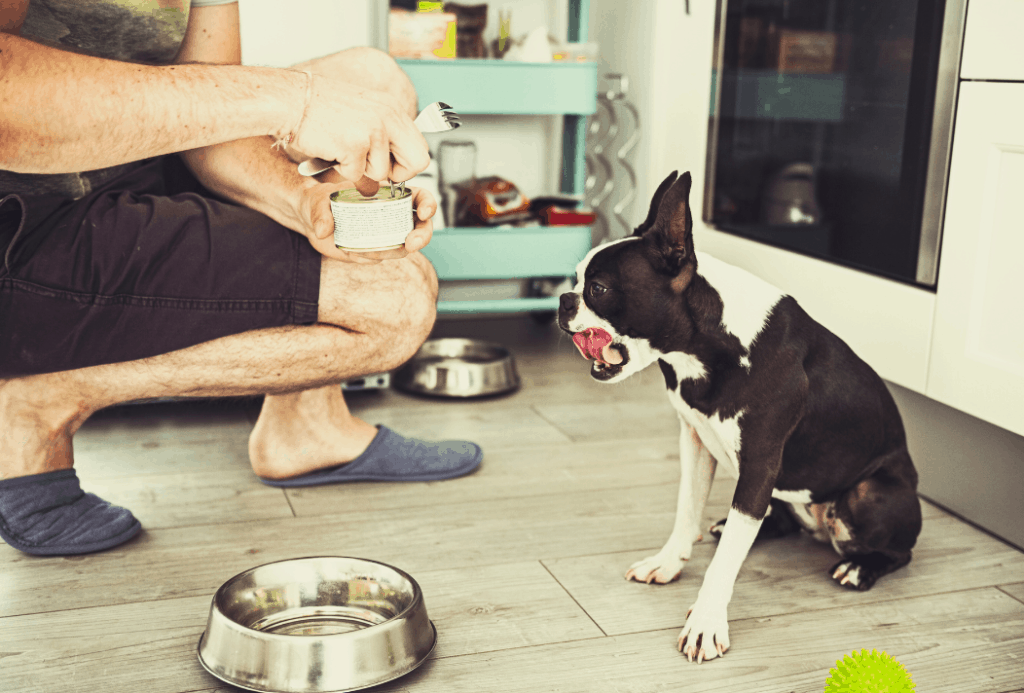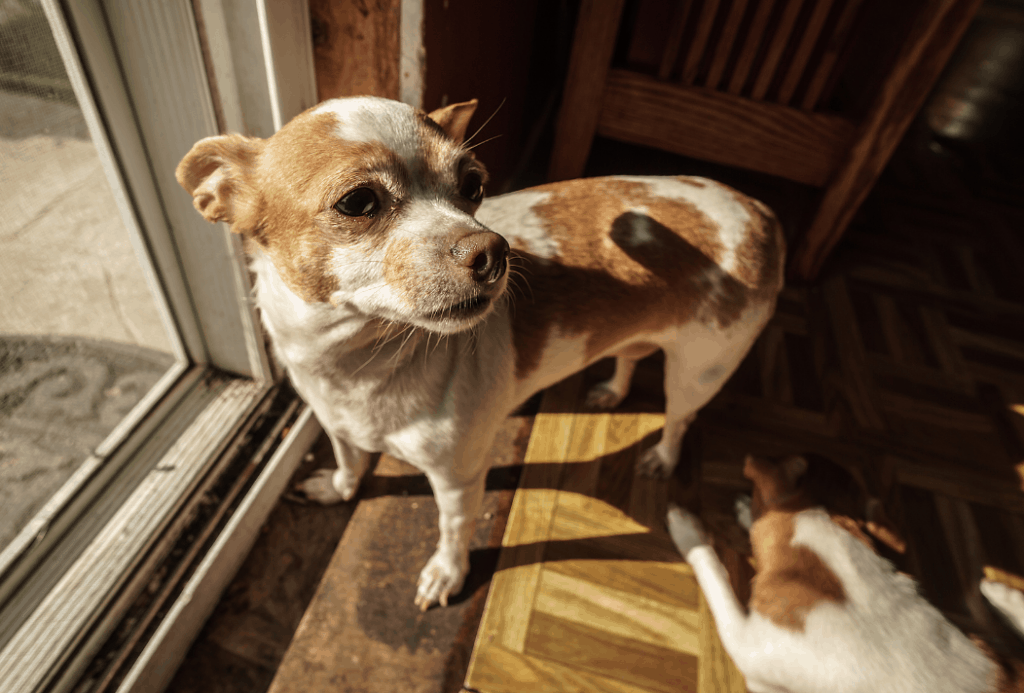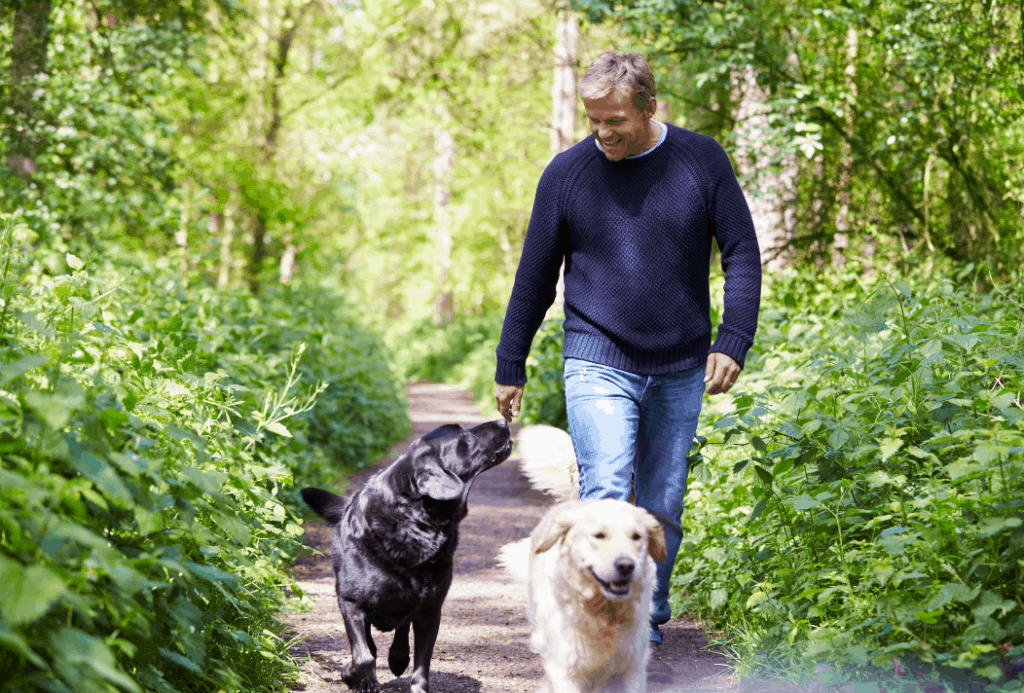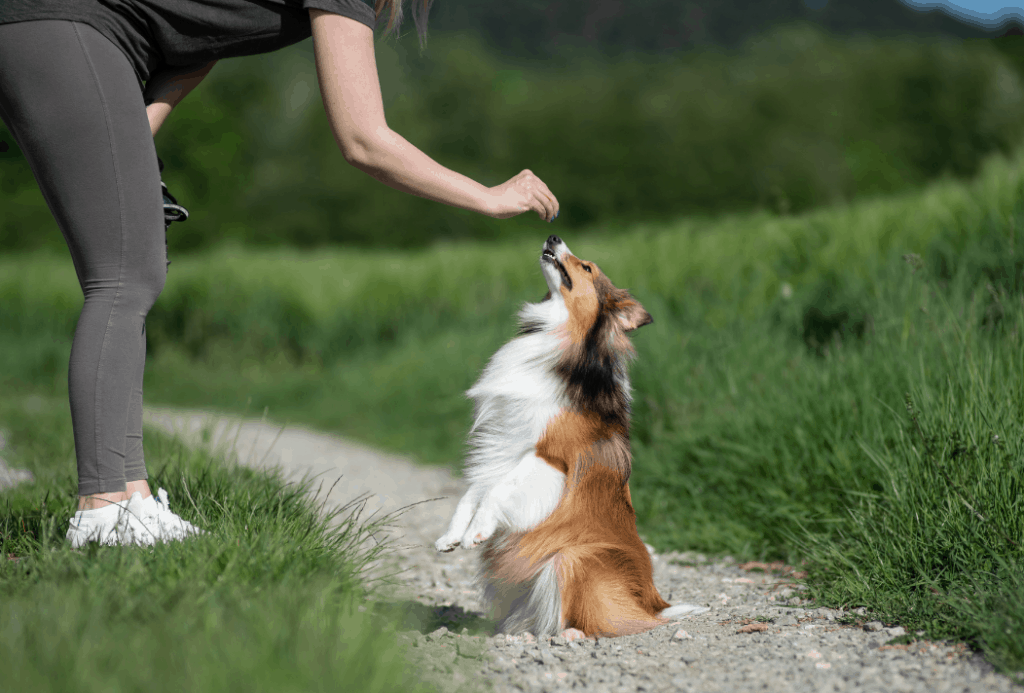Great Routines for the Average Dog
It may surprise you to know that your dog likes to keep to a set schedule. Our canine companions are very good at learning from our mannerisms, our visual cues, and our commands. Repetition and set routines are the best ways to facilitate learning. Routines can also minimize a dog’s anxiety because an unpredictable schedule can be very stressful.
In this article we summarize some of the aspects of your dog’s life that can benefit from a routine!
Food and treats
Many veterinarians encourage dog owners to feed set meals each day. Meal-feeding makes it easier to keep track of a dog’s appetite and calorie intake. When food is left down all day, it can lead to overeating. In households with more than one dog, it is difficult to know how much each pup is eating.
Feed meals at set times
Most vets recommend feeding meals twice a day: one meal in the morning and one meal in the evening. This tends to sync up with our own eating habits, and so most dogs may feel at ease since they think they are eating with “the pack.” Twice daily feedings are fine for most puppies, but puppies younger than three months or small breed puppies may need to eat more than twice a day due their higher metabolic rates and energy demands.

Routines for treats
Treats can be incorporated into many different routines. Food-motivated pups may expect treats after they’ve done a specific trick or task. It is common for some dogs to head to the treat jar after they’ve gone into the yard to urinate or defecate. Treats can also be given as a distraction for when company comes over. To avoid excess weight gain, it is important that treats only make up about 10% of a dog’s daily calorie intake.
Bathroom trips
The average adult dog should be allowed to go to the bathroom four to five times a day. For young puppies who are being “toilet” trained, for older dogs, and for dogs with illnesses like kidney disease or diabetes, walking frequency may increase to six or more times a day. Otherwise, these canines may have fecal or urinary accidents inside the home.
Healthy dogs can sometimes go for more than 24 hours before they have a bowel movement, but if a dog has to hold his urine for more than eight hours, it will increase the risk of health problems like urinary tract infections and bladder stones. If you are going to be away for a prolonged period, you can have a friend or neighbor walk your dog. For small dogs, pee-pad training may be useful.

Daily exercise
Like humans, dogs benefit physically and mentally from routine exercise. Most veterinarians recommend exercise several days a week, at least once a day. This could be anything from a 30 to 60 minute walk or going for a 15 to 20 minute jog. Other physical activities include playing fetch with a tennis ball or frisbee, going for a swim, or participating in agility classes. Even a simple game of “hide the toy” can keep a dog preoccupied for a while!
Dogs who love to play and socialize may benefit from routine trips to the dog park. Dog parks are great because many areas are fenced-in and allow well-behaved dogs to run off-leash. This is a great way to burn off excess energy while having fun running and playing. Many dog owners like to go at least once a week, though very young and energetic pups will greatly benefit from more frequent visits!

Younger dogs will have more energy than the average senior pup, so it’s best to know your dog’s limits. If he has an underlying health issue, talk to your vet about what kind of activities will be safe to try. For example, dogs with heart disease cannot handle strenuous activities like running, and they may need to keep walks short. However, if your dog looks forward to a daily walk around the neighborhood, consider using a wagon or doggie stroller so he can still enjoy the sights and sounds and smells!
Training
Training routines are important because they can help avoid unwanted behaviors (or teach desirable ones) while deepening the bond between a dog and his owner.
Repetition is key, so besides using the same signals to train, it is also best to train at the same time every day. Training can occur once or twice a day and should usually occur in intervals of five to fifteen minutes.
If a dog becomes anxious during his training, you may need to stop the session for the day and reschedule it. Be sure to control the environment around the training, i.e. make sure to train during a relatively calm or quiet part of the day.

It’s not just cats who like a predictable schedule, your dog does too
Although it is good to be flexible with routines, your dog will appreciate a predictable and set schedule. Training will be easier for pups who need it, and your furry friend will be less likely to develop anxiety or behavioral issues.
The post Great Routines for the Average Dog appeared first on VetBabble.




Post a Comment